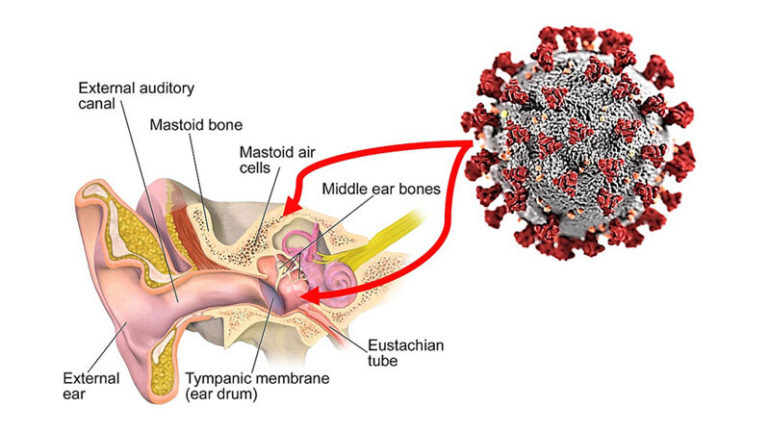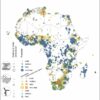A team of otolaryngologists and pathologists at Johns Hopkins Medicine has confirmed that SARS-CoV-2, the novel coronavirus behind the current COVID-19 pandemic, can colonize the middle ear and mastoid region of the head behind the ear. Based on this, the team recommends that physicians, surgeons, nurses and other health care professionals—especially otolaryngologists—should practice recommended protective procedures against SARS-CoV-2 when dealing with examination, sample collecting, treatment and surgery of these two connected areas.
The physicians reported their findings in a research letter posted online on July 23, 2020, in JAMA Otolaryngology.
“Previously, medical personnel in the otolaryngology world only had a theoretical risk on which to base a decision whether or not to follow guidelines against SARS-CoV-2,” says C. Matthew Stewart, M.D., Ph.D., associate professor of otolaryngology–head and neck surgery at the Johns Hopkins University School of Medicine and co-author of the letter. “Now that we have proven the virus can survive in the middle ear and mastoid, professionals in our community know the threat is real and can guard against it with appropriate procedures and protective equipment.”
The mastoid bone, located in the temporal region of the skull, contains a number of hollowed spaces known as mastoid air cells. These are believed to cushion the area against trauma, protect the delicate structures of the middle and inner ear, and regulate ear pressure. In humans, the middle ear contains the…



